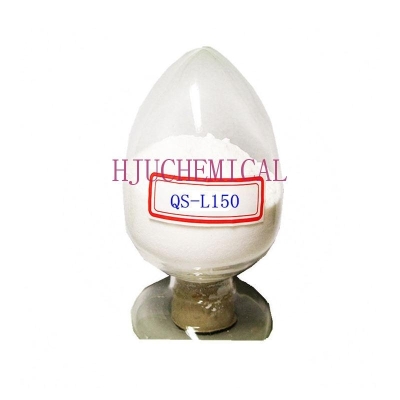-
Categories
-
Pharmaceutical Intermediates
-
Active Pharmaceutical Ingredients
-
Food Additives
- Industrial Coatings
- Agrochemicals
- Dyes and Pigments
- Surfactant
- Flavors and Fragrances
- Chemical Reagents
- Catalyst and Auxiliary
- Natural Products
- Inorganic Chemistry
-
Organic Chemistry
-
Biochemical Engineering
- Analytical Chemistry
-
Cosmetic Ingredient
- Water Treatment Chemical
-
Pharmaceutical Intermediates
Promotion
ECHEMI Mall
Wholesale
Weekly Price
Exhibition
News
-
Trade Service
In Chaogewendur Town (Saiwusu Town), Uradhou Banner, Bayannaoer City, Inner Mongolia, researchers developed a microbial organic mixture induced by severe wind erosion of exposed wounds in degraded grasslands, poor soil and slow plant recovery.
The rapid restoration technology of degraded vegetation caused by crust formation uses nitrogen-fixing bacteria, cellulolytic microorganisms and straw to ferment to generate an organic mixture.
Spraying the mixture in the vegetation restoration area induces the formation of soil crusts, which can enable sand-fixing plant species to settle in the bare wounds of degraded grassland.
, so as to achieve rapid restoration of degraded ecosystems (Fig.
1)
.
Figure 1.
Rapid restoration of degraded vegetation by microbial-organic mixture-induced crust formation
This new technology is derived from the national key research and development program "Degradation and Degraded Grassland Treatment Technology and Demonstration" project, which is also one of the many innovative achievements since the implementation of the project
.
The project is led by Inner Mongolia University and jointly implemented by 20 universities, research institutes and local grassland stations including Chinese Academy of Sciences, Chinese Academy of Agricultural Sciences, Beijing Normal University, and Mengcao Group
.
Aiming at the problems of scarcity of vegetation and inability to fix plant seeds on the exposed wounds of severely desertified grasslands, the project developed a "mix and match technology of new materials, mechanical sand barriers and biological sand fixation for rapid treatment of severely desertified grasslands", which utilizes low-cost, easy-to-operate bio-based The long sandbag made of degradable polylactic acid material is set into a grid-type mechanical sand barrier, combined with the sowing technology of Artemisia oleifera plant seeds in the sand barrier, which solves the problem of seed fixation on the quicksand, and can be used for rapid desertification of severely desertified grasslands.
repair (Fig.
2)
.
Figure 2.
Mix and match technology of new material mechanical sand barrier and biological sand fixation







